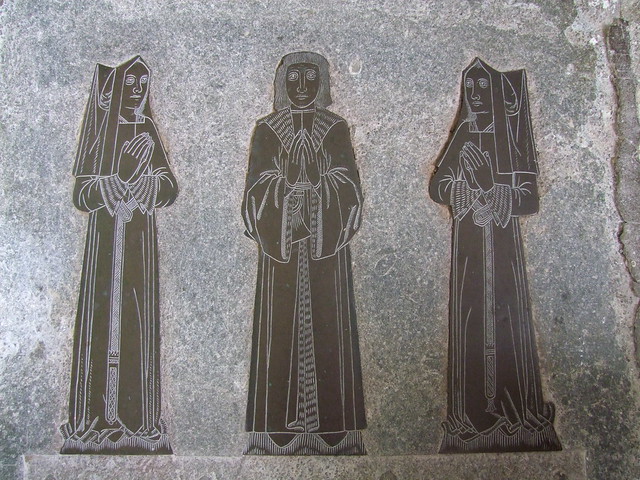Simon Bradley, Churches: An Architectural Guide (Pevsner Architectural Guides)
Yale University Press, 2016. Hardcover, 192 pp., 90 col. and 50 b/w ills. ISBN 978 0 30021 553 3, £12.99.
The majority of books about English parish churches take the form of architectural guides and I found it a little difficult to determine who this guide was written for. Those with a specialist interest will already have at least one Pevsner county guide with its much loved Glossary. Those with an embryonic interest in architecture would almost certainly find this guide too dry, trying as it does to set all the terms found in a standard Pevsner Glossary into their historical context. At times it feels like too much has been squeezed in; at others that something one knows really needs a full explanation has been reduced to just two sentences. Not that this is a bad thing. It challenges the reader in the same way it must have challenged the author and Dr Bradley has produced a book that is densely packed with facts and which offers exceptional value for money.
The book takes a comprehensive and chronological look at the architectural development of churches and their furnishings. I loved the fact that parish churches that are rarely illustrated in books pop up throughout the volume – for example Crondall, Hampshire and St George, Stockport, Cheshire. The illustrations throughout are of good quality, though I would have preferred less black and white images, especially where they are juxtaposed with colour. It was also frustrating when Dr Bradley used a particular church in his text and then accompanied it by an illustration from somewhere else. For example he mentions the Romanesque lead font at Brookland, Kent and illustrates the example at Ashover, Derbyshire. Occasionally I found that an illustration didn’t work at all. However important St Matthias Poplar is in art history terms (being built during the Commonwealth) the photograph of it showing modern infilling of the aisles, fitted carpet and potted palms in stainless steel pots seemed surplus to requirement.
As one might expect in such a densely packed volume, stained glass takes up just a few pages, appearing first in a section on medieval imagery, illustrated by 14th-century glass at Cockayne Hatley, Bedfordshire and a 15th-century detail from Greystoke, Cumbria. Post-medieval glass is covered in six pages of illustrations beginning with 17th-century armorial glass and moving through Pugin, Burne-Jones and Whall to Reyntiens at Marden in Kent, which seems to have been included as an example of mid-20th-century glass without being referenced in the text at all.


